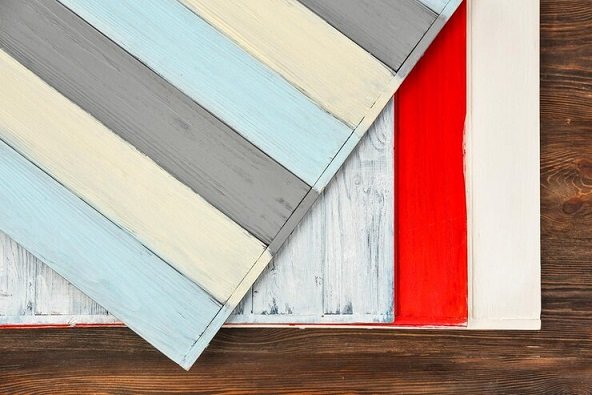Choosing the right vinyl flooring for your home involves considering several factors such as durability, aesthetics, cost, and installation.
1. Understand the Types of Vinyl Flooring
Vinyl flooring primarily comes in three types: SHEET VINYL – It is made up of either just one layer or two. Each one of them has its own strength and weakness, according to individual characteristics.
Sheet Vinyl: That is sold on rolls and it is used to replace the conventional asphalt in the seams as it resists water. Bathrooms and kitchens that are known for their moisture are the ones which are meant for the shower cubicle.
Vinyl Tile: It can be said that these are these individual squares of different sizes, which can act as ceramic tiles glued together and are also more comfortable to install. Vinyl tiles are an attractive choice for a DIYer as they can be laid with minimal effort and a small number of tools.
Luxury Vinyl Tile/Plank (LVT/LVP): LVT also has this manner wherein it comes in tile form, instead of planks of wood like LVP. Both resemble the authentic feel and smell of wood or stone respectively. These materials are notable for their strong and renewable nature. Many of them consist of a heavy wear layer that makes them perfect for certain areas that are exposed to heavy traffic.
2. There are, for example, the Wear Layer and Thickness characteristics.
The wear layer is one of the most critical and the vital element of vinyl floor covering as it succeeds in determining the life span of vinyl material. It is this thin cover of film that lay on the surface floor to prevent scratches and stains. In layman terms, you will have a better protection if your floor has a 12mil wear layer so for expected high traffic you should look for vinyl flooring with at least a 12-mil wear layer.
Vinyl is both comfort and stability. Additionally, it can be responsible for the thickness of the vinyl. List for the vinyl thickness, as the thicker one has an obvious advantage in terms of handling with irregularities in the subfloor and sound isolation. Luxury vinyl planks and tiles have found themselves at the top of the list with the average thickness being between 4 and 8 mm and their solidness being the most important feature alongside the realistic feel.
3. Address the Style and Color Issue
By using vinyl, you can get a lot of variety with types of patterns, colors and finishing options. Choose an item referring to your home’s whole design concept. Traditional outlook will usually be achieved by using some of the old wood finishes like oak, maple or walnut. For people who like contemporary styles, you can consider gray or white hues, or even gray washed and stones. Abstract designs can be chosen as well.
The size of the room and the level of the natural light should be the indicators of the color and pattern to choose, while you are on the shopping for the furniture. Light colors creates a bigger room appetite while darker colors would be for the good of cozy though they can make the rooms appear smaller.
4. Evaluate the Installation Options
Vinyl flooring can be installed in various ways, including glue-down, click-together, and loose lay. Each method has its benefits and requirements:
- Glue-Down: This method involves gluing the vinyl directly to the subfloor, which can be very stable and good for high-traffic areas. It’s a more permanent choice and typically requires professional installation.
- Click-Together: Also known as floating vinyl, this installation method involves interlocking planks or tiles that click together without adhesive. It’s easier for DIY installations and allows for easy replacement of damaged pieces.
- Loose Lay: This involves laying the vinyl planks or tiles down without any glue or clicking system. They stay in place due to their heavy weight and friction. Loose lay is simple to install and great for temporary or rental situations.
5. Prioritize Comfort and Environmental Impact
Modern vinyl floors can also offer added comfort features such as integrated cork or foam backing that provides additional cushioning and insulation. Moreover, consider the environmental impact of your flooring choice. Look for vinyl flooring that is phthalate-free and meets or exceeds low emission standards to ensure healthier indoor air quality.



